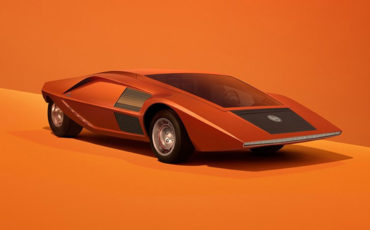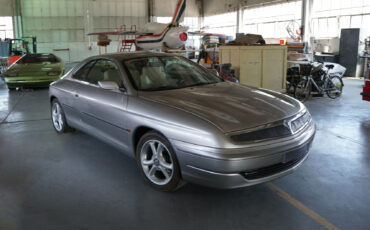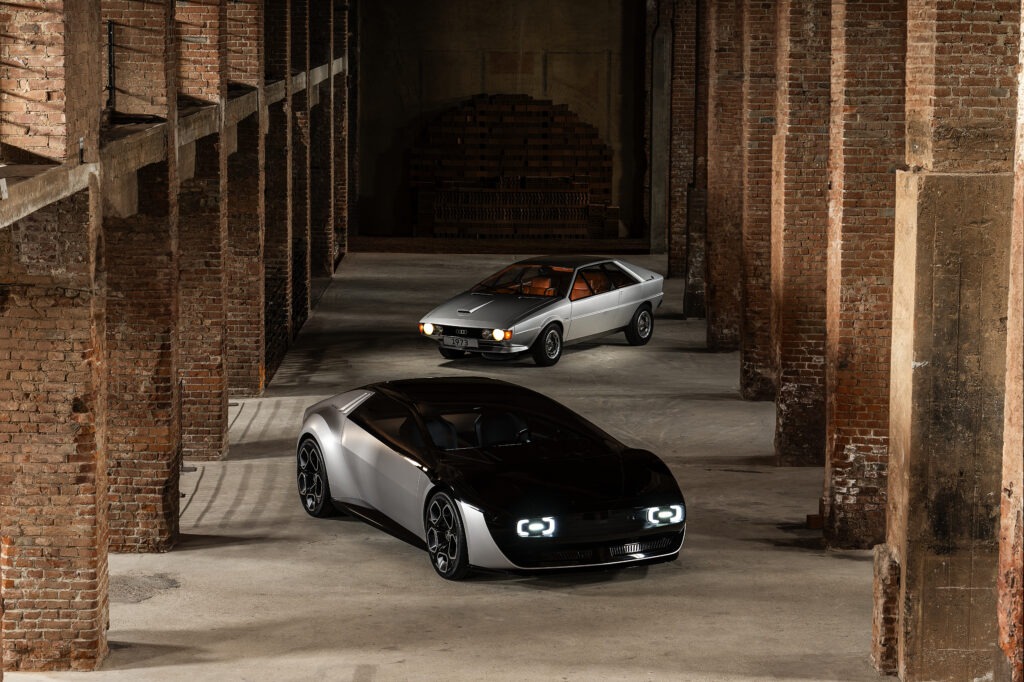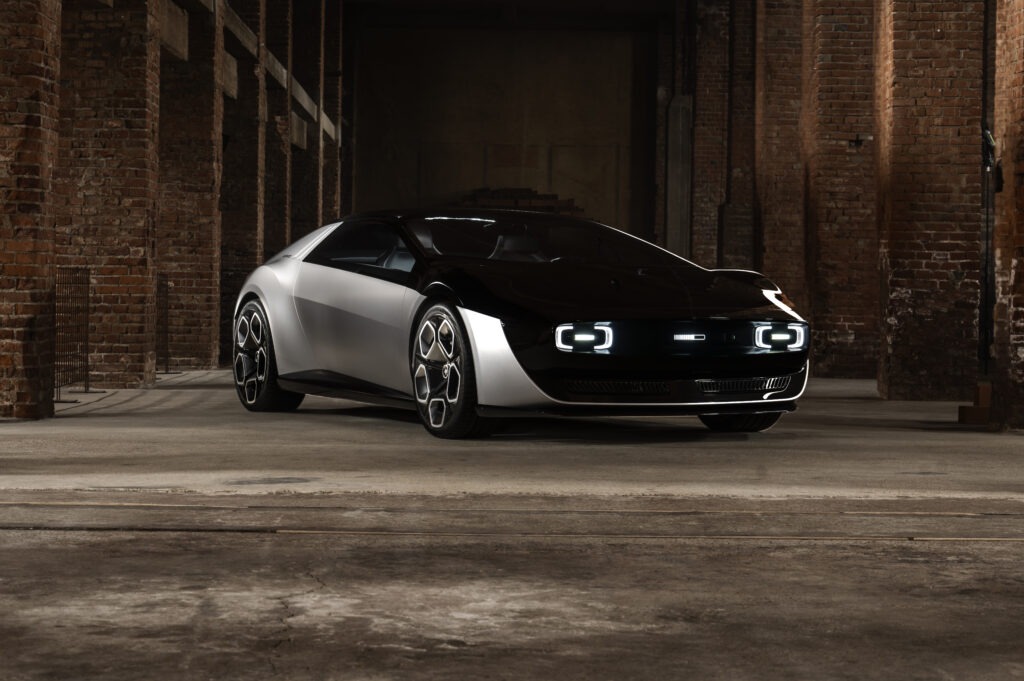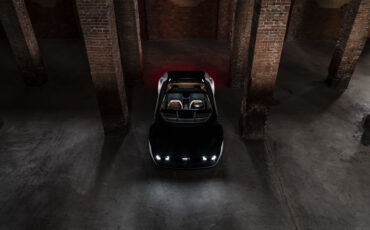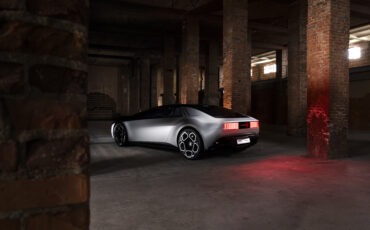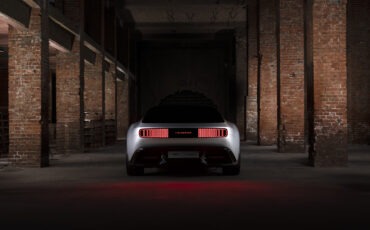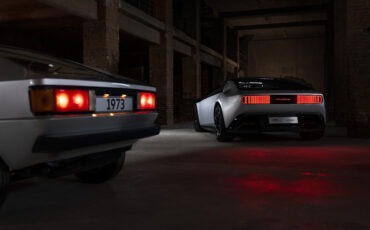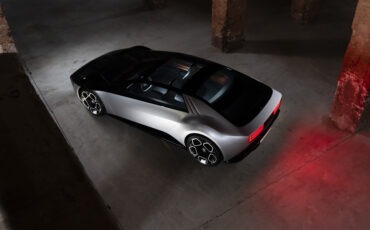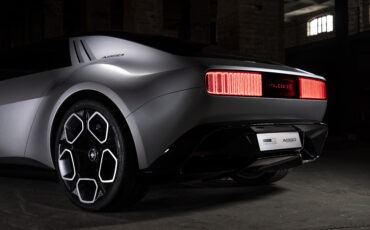In the world of automotive design, every curve, line, and detail is meticulously crafted to capture the essence of a brand. One such masterpiece is the Ferrari 456 GT, a creation born out of the skilled hands and visionary mind of Pietro Camardella, former designer at Pininfarina. In an exclusive interview, Camardella sheds light on the intricate journey of bringing the Ferrari 456 to life, from its early stages to the challenges faced during development.
Whispers of Collaboration: Pininfarina's Alleged Role in Crafting the BMW 850 Design
The genesis of the Ferrari 456 can be traced back to the 1989 Frankfurt Motor Show when the BMW 850 made its debut. However, a striking resemblance between the BMW 850 and Ferrari’s 456 project called “F116” prompted a pivotal decision by Ferrari’s then-president, Luca di Montezemolo. Unwilling to produce a car that bore resemblance to another marque, especially a non-Italian one like BMW, Montezemolo directed Pininfarina, under the leadership of Aldo Brovarone, to restart the development of the Ferrari 456.
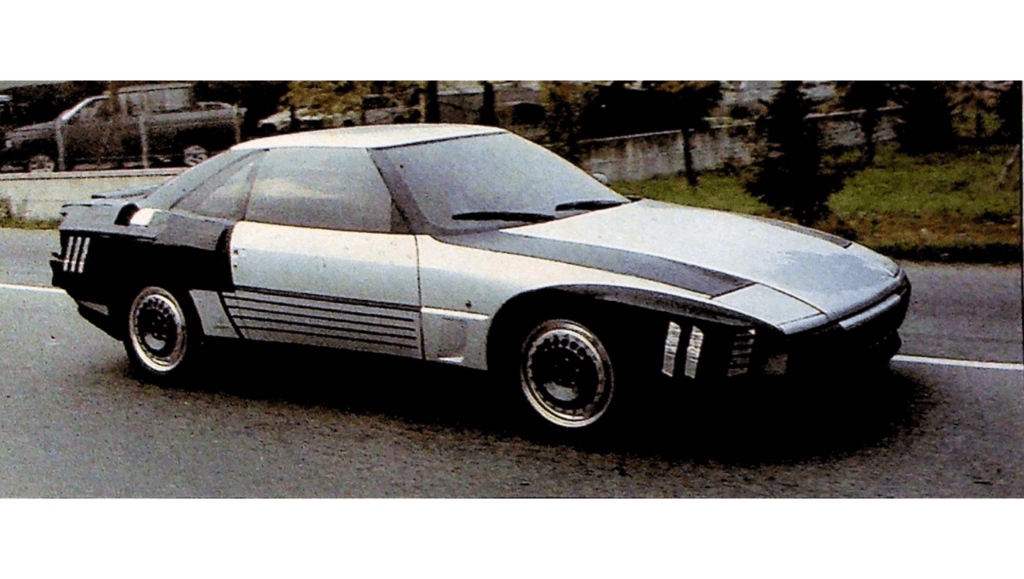
Rumors surrounding the potential involvement of Pininfarina in the design of the BMW 850 have circulated for years, suggesting a collaboration that might have been more discreet than widely acknowledged. It was a common industry practice for automakers to engage design houses for proposals during the early stages of a vehicle’s development, seeking fresh perspectives and innovative ideas. In these instances, design houses could provide valuable insights without necessarily being obligated to take credit for the final product.
The speculative nature of these rumors points towards the idea that BMW might have sought design proposals from Pininfarina, possibly compensating the design house for their consultancy work while maintaining the autonomy to implement the design as they saw fit. This practice allowed automakers to benefit from the expertise of renowned design houses without committing to a particular design or sharing the limelight.
If Pininfarina indeed contributed to the design of the BMW 850, it would have been a behind-the-scenes collaboration, with the final execution and production decisions resting with BMW. This approach aligns with the industry’s historical tendency to keep such collaborations discreet, allowing automakers to maintain control over their brand image and messaging.
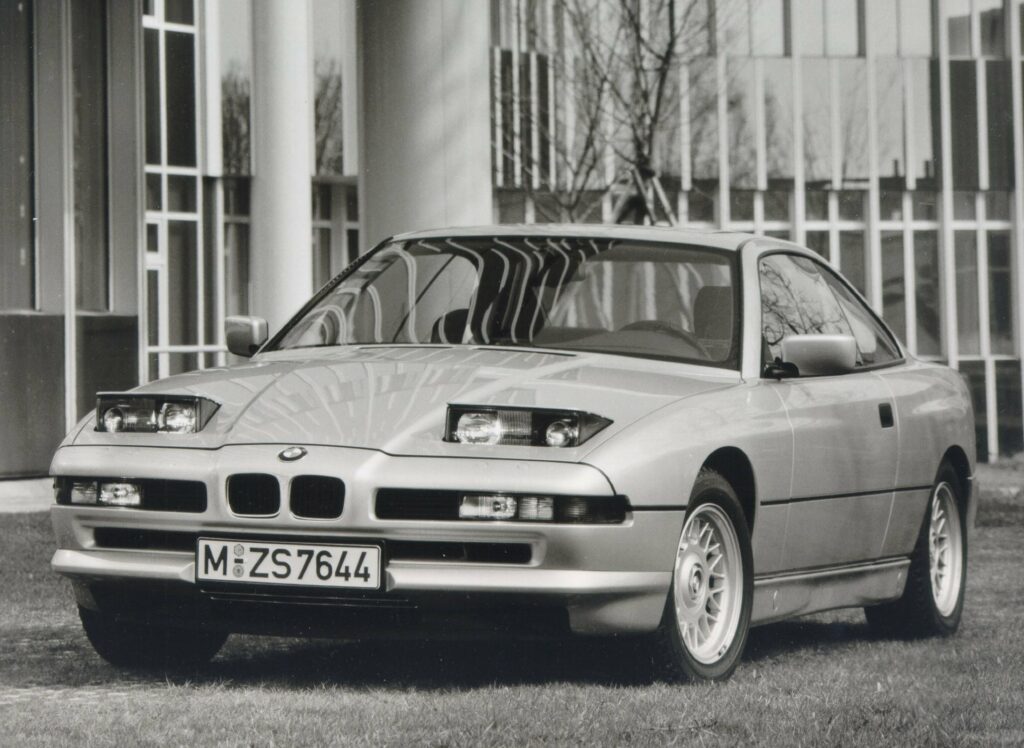
While these rumors persist, concrete evidence of Pininfarina’s involvement in the BMW 850 design remains elusive. Automakers often guard such details closely, and without official confirmation, the speculation surrounding Pininfarina’s role in the creation of the BMW 850 remains part of the intriguing lore within the automotive industry.
A Shift in Direction: Overcoming Challenges
The development process restarted in October, and after an internal competition, Pietro Camardella’s proposal emerged victorious. However, challenges were far from over. The Ferrari 456 was evolving from the F116 project, which added layers of complexity to the design process. Camardella, who had already worked on three Ferraris before, was tasked with navigating the intricate path of preserving Ferrari’s brand spirit while incorporating fresh elements into the design.
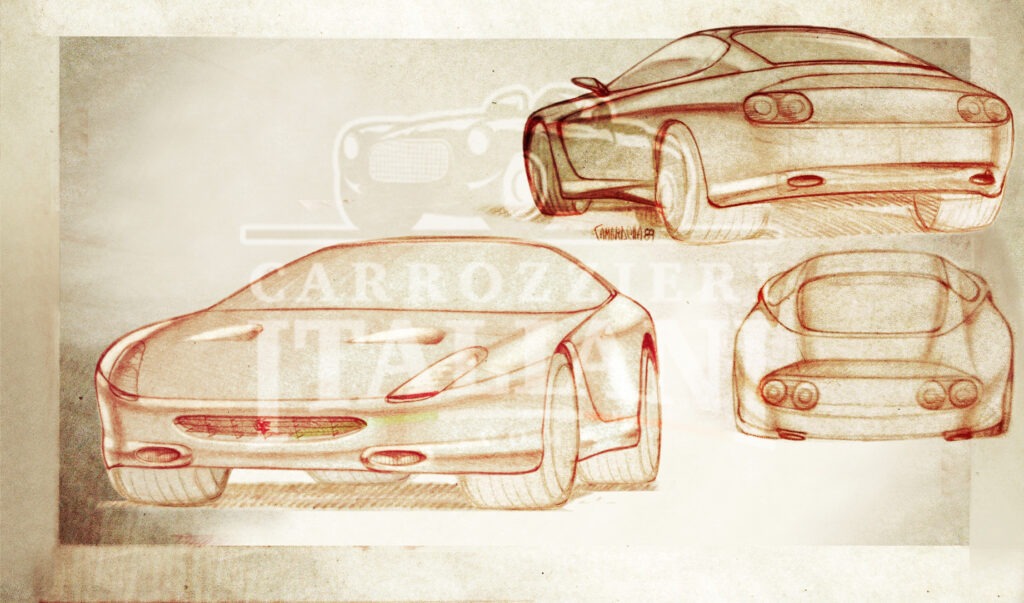
Artistic Vision Meets Technical Constraints
Camardella’s experience played a pivotal role in shaping the Ferrari 456’s design. His primary goal was to capture the “Genius Loci,” the spirit of the Ferrari brand with a front-engine layout. The elongated bonnet, achieved by pushing the windshield as far back as possible, visually enhanced the car’s length and strength. The inclusion of a 2+2 seating arrangement paid homage to classic front-engined Ferraris, particularly drawing inspiration from the iconic 365 GTB Daytona.
A delicate balance had to be struck between elegance and drivability, a concept emphasized by Montezemolo during the briefing. Camardella referred to the profile of the 365 GTI 2+2, incorporating a broken line to infuse a touch of elegance, departing from the more robust Daytona styling.
From Concept to Reality: Design Elements and Modifications
Drawing inspiration from the Ferrari Mythos, Camardella envisioned the Ferrari 456 as a synthesis of two interpenetrating bodies, with a pronounced frontal volume and a powerful rear. This resulted in large side intakes, reminiscent of the engine vents in racing cars from the ’60s.

Camardella broke down the design into distinct volumes, creating an articulation reminiscent of muscular cars from the past. The frontal triptych, a design element from the Ferrari F40, made a return on the 456’s front view, connecting the new model to its predecessors. The twin round lights on the rear, while a nod to Ferrari’s iconic design, underwent a subtle differentiation, displaying a slight Venus divergence.
Navigating Design Challenges: Bonnet Treatment and Wheels
The bonnet’s initial design, intended to utilize the “cofango” technique for a perception of increased size, saw some modifications. Contrary to Camardella’s Lamborghini-inspired vision, the final presentation featured a smooth bonnet, albeit with Daytona-inspired air vents, placed more for aesthetic reasons than functionality.
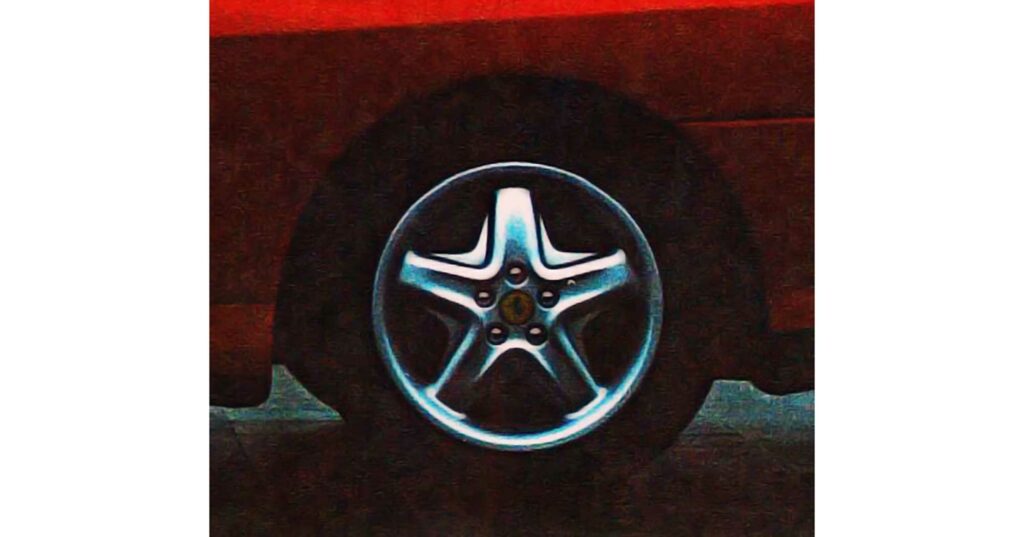
The wheels of the Ferrari 456 became a unique chapter in its design. Camardella’s initial design, featuring thin spokes, faced resistance from management due to the exposed mechanical parts. A compromise was suggested, but Ferrari ultimately adopted the original design, with the elegant rims gaining further success on the 512 TR model.
Unveiling and Legacy: Montezemolo's Appreciation
The Ferrari 456, appreciated by Montezemolo, was unveiled in a distinctive blue paintjob at the Francorchamps dealer in Belgium, a departure from Ferrari’s tradition. The response from both the public and critics was immediate and positive. Despite necessary modifications for production reasons, the car retained 90% of Camardella’s initial vision and enjoyed significant longevity in the market.
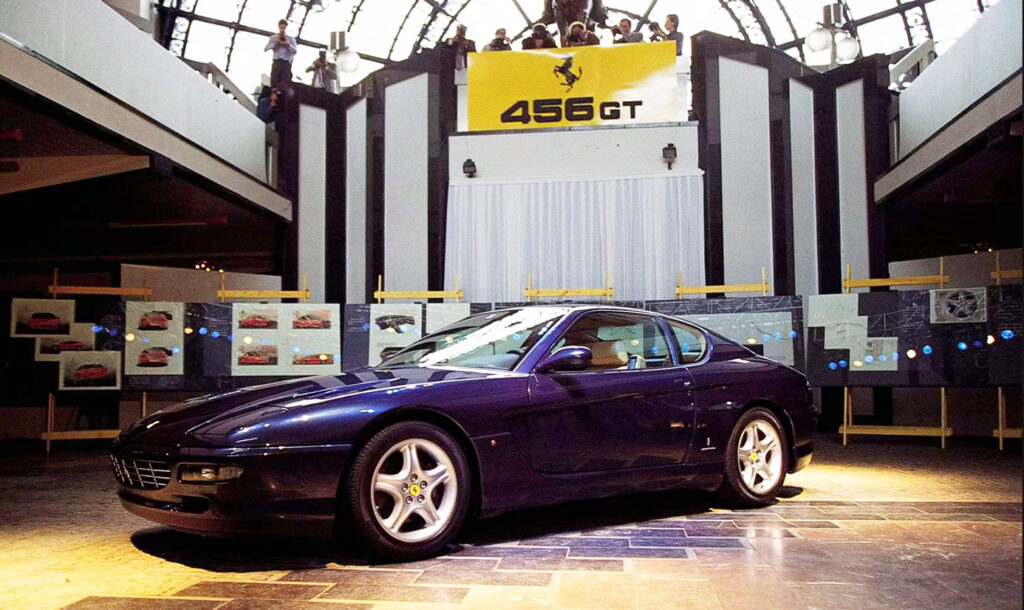
In conclusion, Pietro Camardella’s journey in designing the Ferrari 456 stands as a testament to the delicate balance between preserving a brand’s spirit and introducing fresh elements. His artistic vision, combined with technical expertise, resulted in a timeless masterpiece that continues to be celebrated by automotive enthusiasts worldwide.

